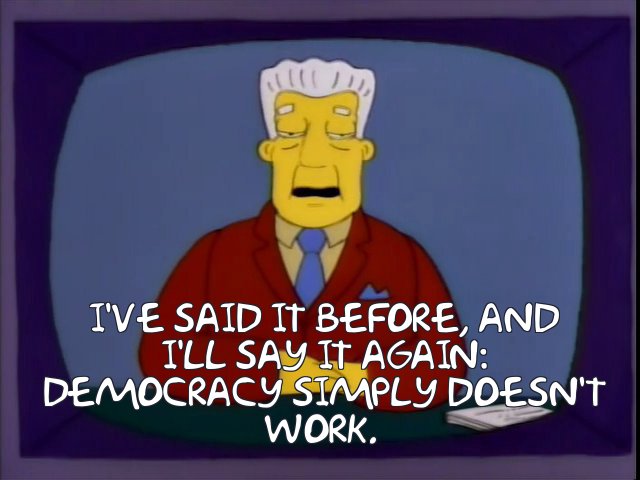- Joined
- Dec 10, 2011
- Messages
- 5,599
- Reaction score
- 2,717
People will need to defined "efficient" and "geometry" for this to be a useful line of reasoning (I don't think it is worth it, frankly)Move them where? The road network is far more efficient from a geometry standpoint.
A universal measure of transport capacity is usually expressed in something like GDP (people or goods) per mile (of ROW) per width (of ROW) per time (hours or minutes)
People
-----------
ROWWidth x ROWmile x hour
lane-miles can be translated into acres of land or square feet of city space.
To turn this into efficiency, factor in cost
People per lane-mile-hour-dollar
(where dollar is a mix of capital costs and operating costs)
And basically assuming that crush-hour urban traffic all moves at about an average of 10mph regardless of mode, this picture does the math (note that walking, if pictured, woul

Cars are a self-congesting system: people keep driving until it is too slow/crowded to drive. Transit suffers from induced demand too (build anything and "they will come"), but slower and with better coping mechanisms.

